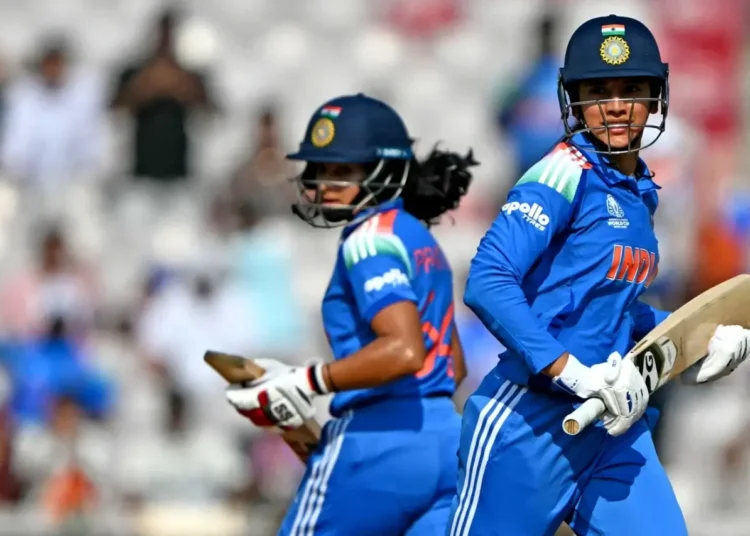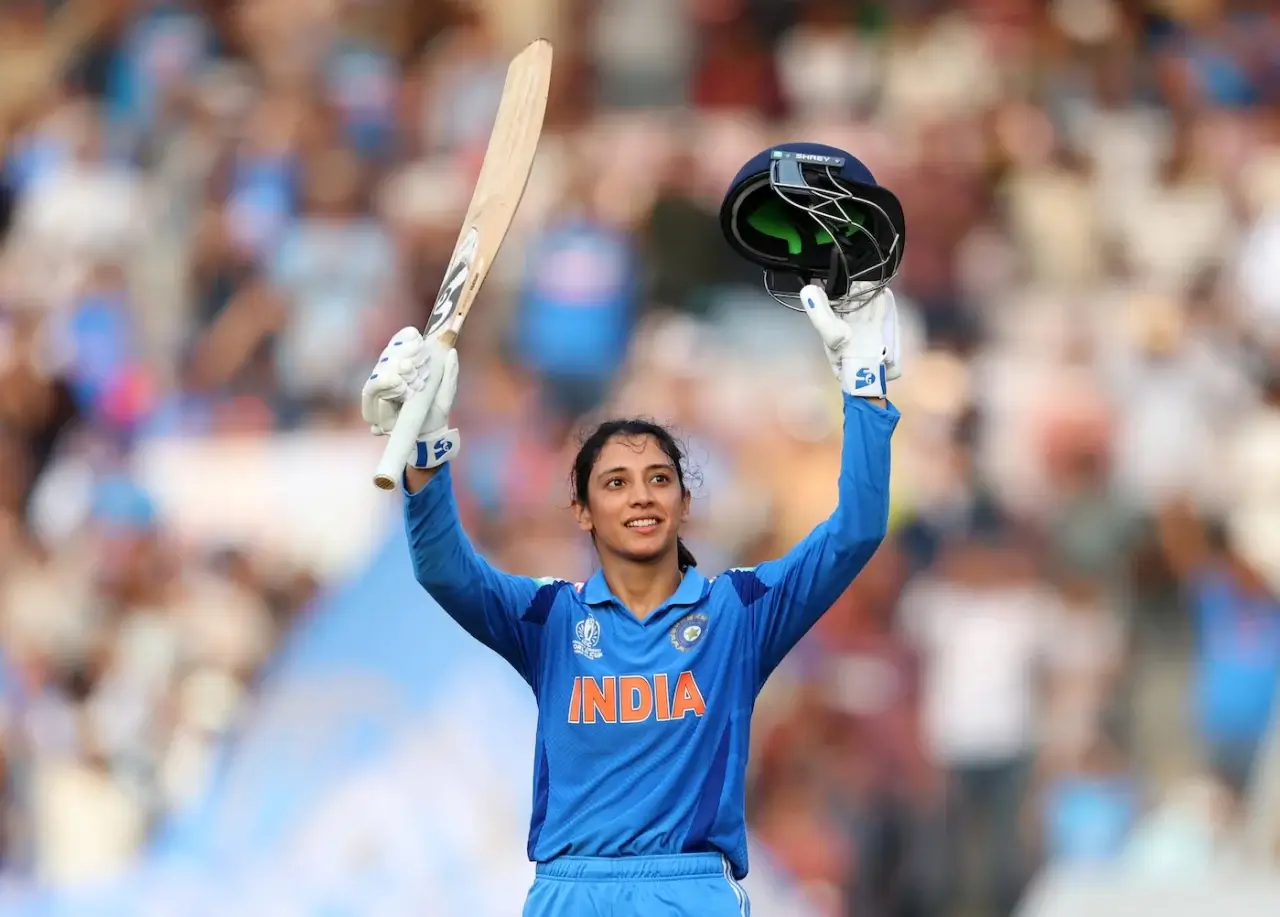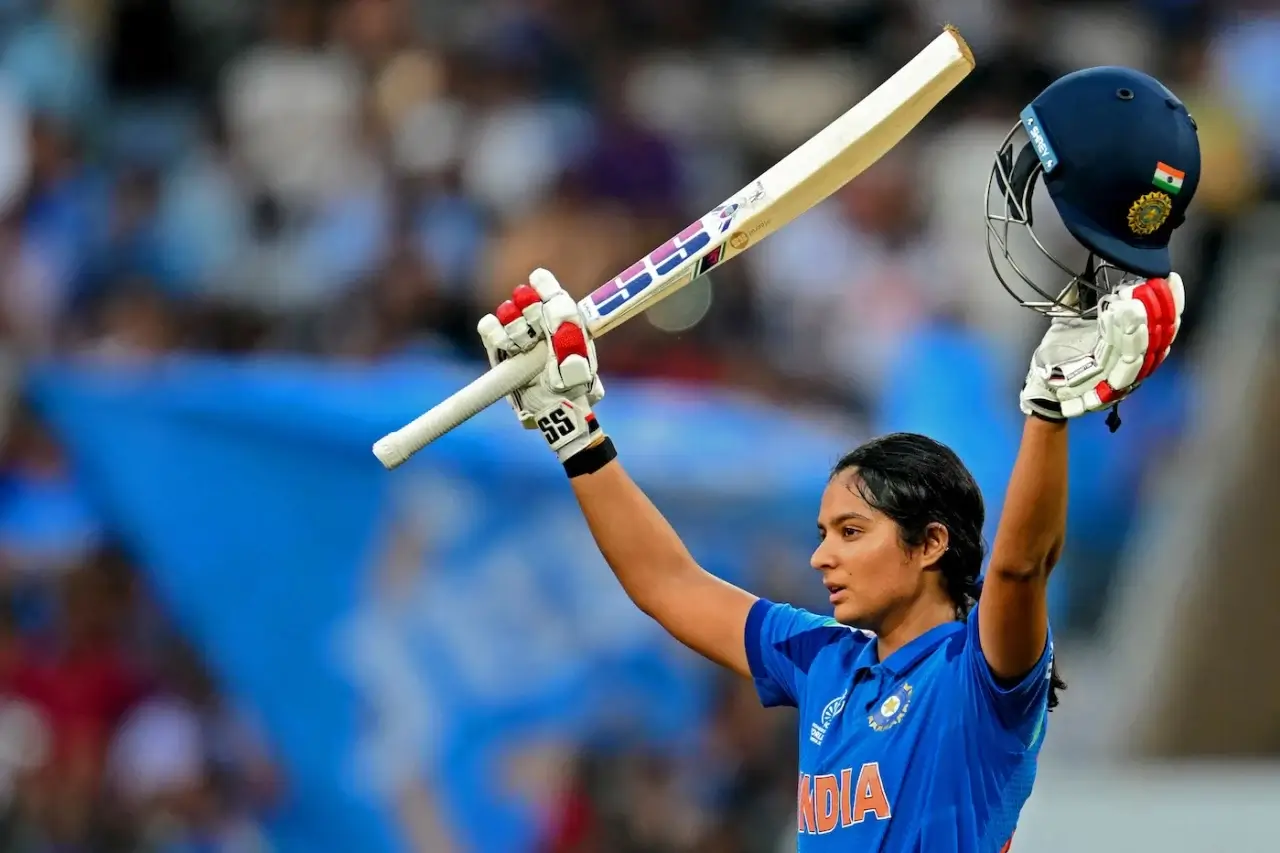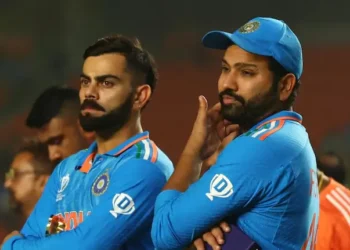When the ICC Women’s Cricket World Cup 2025 match between India and the New Zealand women’s cricket team took place at DY Patil Stadium in Navi Mumbai, it quickly became a night for the record books. The Indian opening pair of Smriti Mandhana and Pratika Rawal combined may not only have turned the tide in this fixture. But they also rewrote key milestones in women’s ODI cricket. Their dominant performance came at a perfect moment: India versus New Zealand, a high-stakes game with a semi-final berth on the line.
India posted 340 for 3 in 49 overs, the highest total by the Indian women at a World Cup so far, and a crushing statement. In that innings, Mandhana struck 109 while Rawal made 122. Together they shared a partnership of 212 runs for the first wicket. These numbers did much more than win a match — they reset multiple records for opening batters and partnerships in women’s ODIs.
In a tournament where momentum counts, this victory ensured India booked their semi-final spot in style, and also allowed the batters involved to climb higher in all-time lists. With such an explosive performance, India showed they are not just content to participate — they aim to dominate, like the Indian team.
A Partnership to Remember — 212 for the First Wicket
From the moment the openers took crease, there was a sense that something special was brewing. The partnership between Mandhana and Rawal for the opening wicket reached 212 runs, setting a new high-water mark for India in Women’s World Cups.
Previously, the best for any wicket by India in this tournament was 184 between Mandhana and Harmanpreet Kaur for the fourth wicket in 2022. By eclipsing that mark, the openers rewrote the Indian record and also raised the bar against New Zealand.
The previous top score for any wicket against New Zealand in women’s ODIs was 201 by England’s Sarah Taylor and Lydia Greenway in 2012. The Indian pair overtook that too — impressive given how formidable New Zealand’s bowling attack remains.
Their stand not only provided a strong base but also allowed India to accelerate. After a slow start (just 18 in the first six overs), they shifted gears, putting pressure back on the bowlers.
For Indian women’s cricket, this opens up new possibilities: having a consistent, high-scoring opening partnership is a game-changer. With 212 on the board, the middle order could play with freedom. It’s the type of performance that will be referenced when future Indians ask: “What is the benchmark?”
Match Context & Momentum Shift
Going into the match, India were on a rough patch — three straight losses. The pressure was building. New Zealand, meanwhile, needed a win to keep semi-final hopes alive. India batted first and posted their record score of 340 for 3 in a rain-affected 49-over innings. New Zealand’s target was revised to 325 in 44 overs under the DLS method.
The opening combination laid the platform. Mandhana reached her century off 88 deliveries, and Rawal followed with her own ton. The record partnership set the tone. Then an unbeaten 76 from Jemimah Rodrigues added impetus late in the innings. In reply, though New Zealand tried, India’s bowlers and fielders held firm. The hosts broke the opponent’s key partnerships, kept the scoring in check, and won by 53 runs.
That win did more than qualify India for the semi-finals. It reset expectations for the team. Suddenly, the openers are in red-hot form, the batting lineup has belief, and the records they set give India new momentum. The return to winning ways — combined with record numbers — suggests India has found their rhythm at just the right time.
Mandhana & Rawal — Individual Milestones Unleashed
Both batters didn’t just contribute to a partnership; they carved out impressive personal records. For Smriti Mandhana, the century was her 14th in ODIs, the second-most by a woman behind only Meg Lanning’s 15. She also now has 17 centuries across formats, tying Lanning for the most by a woman. Her tally of 5 ODI hundreds in 2025 makes her only the second player ever to achieve that in a calendar year (after Tazmin Brits, also in 2025).
Mandhana’s run-scoring as an opener is historic: 5,194 runs as an opening batter in women’s ODIs — the most ever. She surpassed New Zealand’s Suzie Bates (5,088) for that mark. Meanwhile, Rawal, in just 23 innings, reached the 1,000-run mark, equalling the record for fewest innings to that milestone in women’s ODIs (same as Lindsay Reeler in 1988).
What this means is clear: India is not just getting contributions; they are harvesting elite-level performances. When your opener has the highest aggregate ever and your partner is breaking ground in run-rate and milestones, it forces other teams to rethink tactics. For India’s fans and future batters, this marks a strong shift: the bar has been raised, and the names Mandhana and Rawal are now firmly part of that new standard.
Why These Stats Matter for Indian Women’s Cricket?
These milestones matter far beyond one game. They send a message: India is capable of setting and smashing records in global events. The opening stand of 212, the personal hundreds, the revised highest total — each one signals growth.
In tournament contexts, strong openers mean fewer collapses, better platforms, and more opportunities for the middle order to flourish. For opponents, it means new strategies must be developed — India’s opening pair now poses a genuine threat. From a cricket-ecosystem point of view, this performance bolsters women’s cricket in India, inspires young batters, and raises media and fan expectations.
The fact that these records are backed by strong numbers — not just loud phrases — gives them credibility. In the era of data-driven selection and performance analysis, Mandhana and Rawal’s achievements will be cited repeatedly. For India’s campaign, this match may become a turning point.
Conclusion
In the fast-moving world of women’s cricket, where records fall quickly, the performance of Smriti Mandhana and Pratika Rawal in the match against New Zealand stands out. Together they built a 212-run opening stand, India posted their highest ever World Cup total of 340 for 3, and the personal milestones piled up. Mandhana’s 14th ODI century, her run aggregate as an opener, and Rawal’s quick climb to 1,000 ODI runs all combine to form a story of elevation for Indian women’s cricket.
This match didn’t just win a game — it shifted the narrative. Championships aren’t won by chance; they’re built on moments like these. India now enters the semi-final stage with confidence, momentum, and the belief that their top order can dominate. The records set may stand for some time, but more importantly, they raise expectations for what India can achieve.
For fans, for young cricketers watching, and for Indian women’s cricket at large, this is a moment to celebrate — and to build upon. The openers have laid the foundation. Now the challenge is to carry that energy into the knockout rounds and beyond.
















